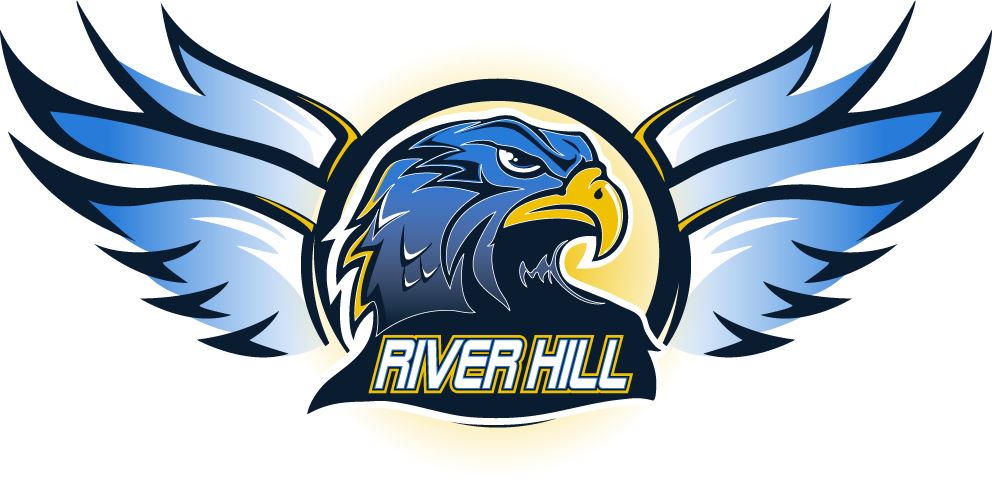By Maire Crooks, The Current Co-Editor in Chief
This past Saturday, June 3rd, students arrived at River Hill High School at 7:45am to take the notorious SAT.
The SAT is an infamous test that many high school juniors and seniors take to attempt to boost their college applications. Since the COVID-19 pandemic in 2020, however, most colleges have enacted a test-optional policy, now making SAT scores a mere asset to an application rather than a requirement.
Despite this change in admissions policies, many River Hill students still opt to take these standardized tests. For many, taking the SAT this June is one of their last chances to improve upon their scores before college applications. As junior Sierra Collis states, “I realized that I had a limited number of testing dates available before college applications are due.”
For others, like junior Aysegul Yildiz, this is their first time taking the full SAT. “I was very nervous because I think it is a very important part of my college application process. I studied for a long time, so I really wanted my work to pay off,” she says. Aysegul reflects that her nerves may have “impacted [her] negatively” during the exam.
As for any test, preparation is key. Tutors, Khan Academy, the official College Board practice tests, and many other resources are available for students to ensure they feel ready for test day. Sierra “met with an SAT tutor online starting around two months before the test,” and “took practice and released past SAT tests then went over questions that [she] got wrong with [her] tutor.” Aysegul started studying a little earlier, beginning about halfway through this past school year and completing approximately one hour of SAT prep a week.
The SAT consists of four sections: critical reading (65 minutes), writing and language (35 minutes), non-calculator math (25 minutes), and calculator math (55 minutes). For this specific exam, the general consensus is that the non-calculator math section was the hardest of the four, while the calculator math section was the easiest. Many agreed that while they took a little longer than some were used to, the critical reading and writing and language portions were generally about average difficulty based on previous practice tests students have taken.
Sierra agreed with the consensus, mentioning that “section 3, the non-calculator section, was the most challenging part of the day,” but “the writing and language section [was] on the easier side.” Regarding the overall testing experience, “It was hard to maintain focus for the three hour long test…Overall, the hardest part was staying focused and keeping the same energy throughout,” she says.
Scores come out on June 16th, so if students are not satisfied with them, there are two more SAT dates for juniors before early decision college applications are due: August and October. It all depends on their score; Sierra articulates, “If I did well, then I would certainly prefer to not have to take it again.”
Unlike Sierra, Aysegul is already planning to take another date. “I definitely plan to take the August SAT because I am not satisfied with my June performance. It was just to get used to the SAT. I am hoping to achieve a better score.”
However, most colleges will also permit a “Super-Score” where students may submit their top score in each section, English and math, to combine for a higher score.
These students are some of the last students to take the SAT with paper and pencil; the complete SAT suite of assessments is going digital starting in Spring 2024. For rising seniors, this does not affect them, however sophomore and freshman students can look forward to a digital PSAT this fall and then a completely digital SAT format in the spring.
Overall, students are generally glad they took the exam this past weekend, even if they do not predict that they will be happy with their score.

